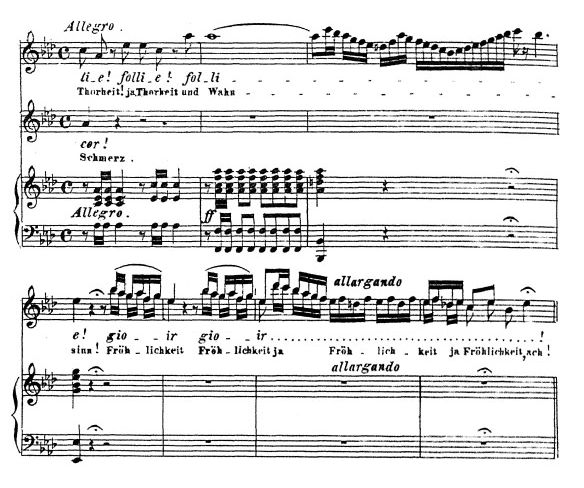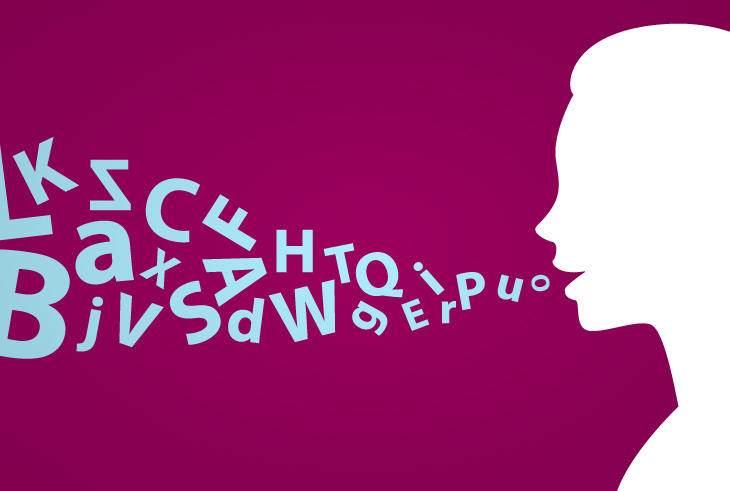
“Vowel Modification Is the Way”
A common myth concerns vowel modification as the main method of training; supposedly unifying the registers and navigating the top.
It is true that vowels modify in relation to pitch. For example, the way that we sing an [ah] vowel in the lower middle of the voice is different than when we sing it in the upper middle or the top of our voice. So, yes, vowel modification is a “thing.”
However, vowel modification is not the primary way to train the voice, nor should one attempt to overtly modify the vowels by doing something.
First, it is the registration that unifies the registers and allows us to navigate the top. The registration is the balance between the two main muscles or registers that set up the vocal cords for pitch with exact length, width, and depth of cordal vibration. It is by exercising these two muscles back and forth that allows us to sing throughout our range with one voice rather than having two voices – chest and falsetto. The vowel is a part of this process of achieving healthier balance between muscles, but the vowel size and shape is a response to the initial size and shape of the vocal cords. It is the registration that sends info to the oro-pharynx so that it can adjust for the proper size and shape of vowel to match what the registration is doing for pitch. The registrational adjustment for pitch is primary, and must not be disturbed. If disturbed, then the vibrating cords are not the right length, width, and depth for the pitch(s) that is/are being attempted. If the cords ain’t able to do their job, then everything else becomes a mess including the vowel size and shape.
Second, one should not attempt to overtly modify the vowels using mechanistic means like doing something with the jaw, lips, or mouth to try to make it happen. The vowels will modify little by little as one ascends the scale. This process isn’t something you do but rather something that happens as one exercises. The oro-pharynx begins to shape itself in response to what info is given to it by a healthier and healthier registrational adjustment. Then, the vowel modifies itself to match the size and shape of the cords requisite to pitch, and a positive feedback loop sets in.
One does the correct work and good happens. One pays attention, and remembers the feel. Nothing to do overtly. A lot to allow and notice!
about the author
Allen Rascoe Allen has been enjoying singing since he was a little kid. He officially studied voice at ECU and USC. However, he ran... Read More

RECENT ARTICLES
-

Career Your Opportunities for a Fulfilling Career in Singing
-

Basic Skills, Beginners, Tips Tips To Improve Your Singing Voice
-

Exercises, Warmups 10 Vocal Warm-ups to Change the Way You Sing
-

Basic Skills, Beginners, Exercises, Songs, Voice Teachers, Warmups What is My Vocal Range – Identify, Master and Expand Your Range
RECENT IN KNOWLEDGE
Recent Topics
- Beginning Voice Lessons (1)
- Breathing Techniques (1)
- Confidence (1)
- Experienced Teacher (1)
- Kids Singing Lessons (1)
- Musical Career (1)
- Practice (1)
- Private Lessons (1)
- Professional Singer (2)
- Sing (1)
- Singing Teachers (2)
- Style (1)
- Teach Online (1)
- Vocal Exercises (1)
- Vocal Health (1)
- Vocal Music (1)
- Vocal Pitch (3)
- Vocal Range (4)
- Voice Coach (1)
- Voice Exercises (2)
- Voice Training (4)
- Young Vocalist (1)
Categories
- Basic Skills (7)
- Beginners (8)
- Career (2)
- CCM (1)
- Contemporary Commercial Music (1)
- Crossing Over (1)
- Exercises (2)
- Online Lessons (3)
- Online Voice Lessons (1)
- Songs (2)
- Students (6)
- Tips (4)
- Vocal Coaches (1)
- Voice Teachers (2)
- Warmups (2)
Testimonials

















